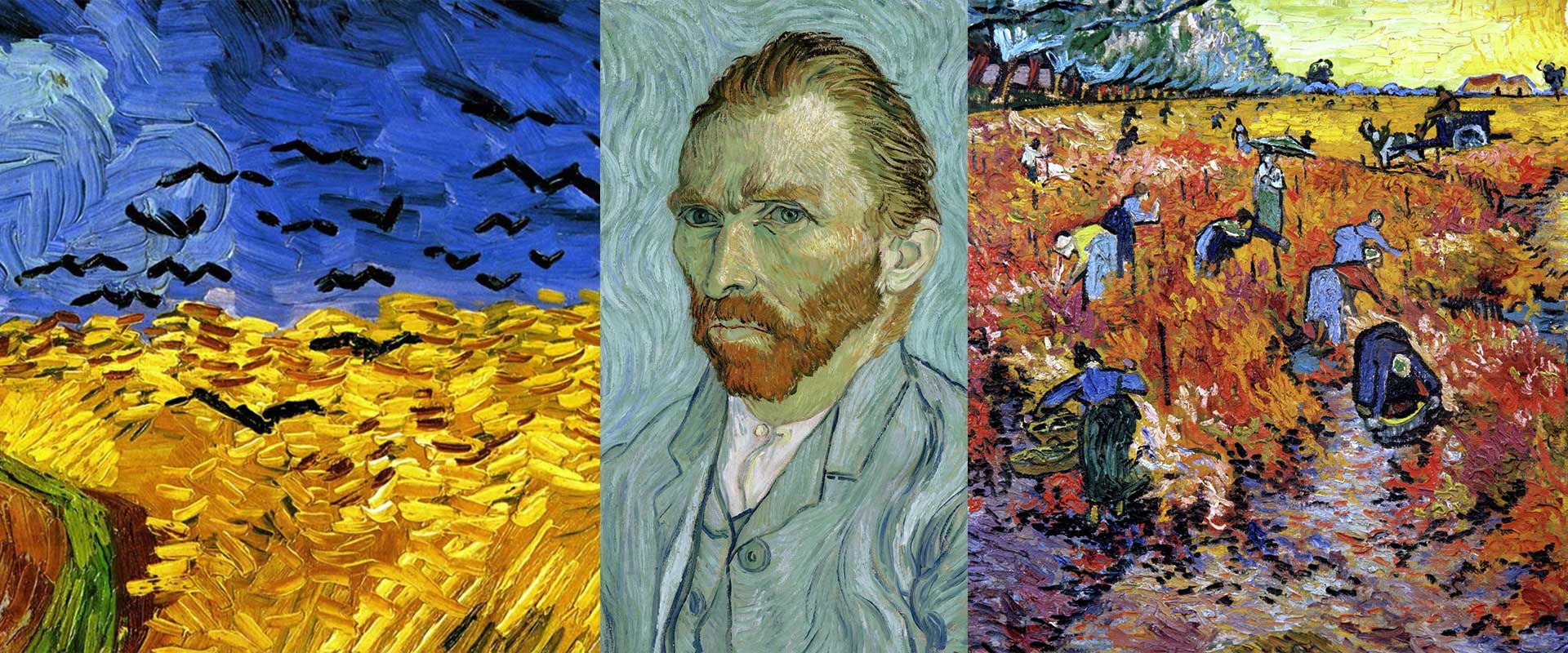More than a century after his death, Vincent van Gogh continues to inspire not only painters but also musicians, filmmakers, writers, designers, and performers across the world. His work has transcended time and medium, turning him into a universal symbol of raw creativity, emotional honesty, and artistic bravery. But what exactly is it about Van Gogh that resonates so deeply with creators across the arts? It’s a question with many layers—and each one reveals a reason his legacy thrives.
The Power of Authentic Emotion
Van Gogh poured his soul onto the canvas. His brushwork was expressive, his color choices daring, and his themes deeply personal. Whether painting a vase of sunflowers or the view from his asylum window, he communicated with feeling, not just form.
That vulnerability is magnetic to other artists. Van Gogh wasn’t painting to please critics—he was painting to survive. His willingness to show emotion without apology has made him a hero to creatives who also use their work as a form of emotional release.
His famous quote, “I put my heart and soul into my work, and I have lost my mind in the process,” speaks to anyone who’s ever sacrificed comfort for creation.
Visual Language That Transcends Genre
Van Gogh’s stylistic legacy is unmistakable: bold, visible brushstrokes, swirling skies, glowing stars, and expressive movement. These visual cues have been adopted and reinterpreted across art forms.
In fashion, designers have used his color palettes and patterns in clothing and textiles. In film, directors have borrowed his use of color and emotional intensity. The animated film Loving Vincent was painted entirely in his style by over 100 artists, showing just how translatable his visual language is.
Explore modern expressionist wall art prints inspired by Van Gogh’s style in our expressionist collection.
A Story That Resonates
Van Gogh’s life is one of struggle, rejection, resilience, and posthumous success. He created over 2,000 artworks yet sold only one in his lifetime. He battled mental illness, poverty, and isolation. And yet, he painted with passion until the end.
This story of unrecognized genius has become a modern myth—one that resonates with artists of all disciplines. Writers craft plays and novels around his biography. Musicians reference him in lyrics. His journey reminds all creatives that greatness doesn’t require immediate validation.
His letters, particularly those to his brother Theo, reveal a deeply introspective, eloquent thinker who was ahead of his time. They continue to inspire writers and playwrights for their emotional depth and poetic language.
Symbolism for Every Discipline
Van Gogh’s themes—nature, spirituality, solitude, hope, despair—are universal. A filmmaker can use his motifs to convey longing. A poet might be inspired by his view of the night sky. A choreographer may draw from the swirling motion in Starry Night to design a sequence.
He’s not just an artist; he’s a symbol. His cypress trees, sunflowers, and fields of wheat represent more than objects—they reflect the full spectrum of the human condition.
Impact on Digital and Performing Arts
In the digital age, Van Gogh’s work has seen a renaissance. From immersive exhibits that let visitors walk inside his paintings, to AR filters and social media art challenges, his influence has only expanded. The Van Gogh Alive and Immersive Van Gogh exhibits have toured globally, blending technology and tradition.
Theatre companies have dramatized his life. Ballets have been choreographed around his letters. Musicians across genres—from classical to hip hop—have sampled his words or referenced his imagery.
Bring his natural symbolism home with landscape wall prints inspired by Van Gogh’s emotional connection to nature.
Education and Inspiration for Future Artists
Art students around the world study Van Gogh as a foundational figure—not because he followed rules, but because he broke them. He didn’t start painting seriously until his late 20s, and he taught himself much of what he knew.
This makes him incredibly inspiring to those just starting out. He proves that it’s never too late to create, never too late to express what’s inside. He also shows that it’s okay to be different. Many emerging artists see themselves in Van Gogh—flawed, passionate, and driven by something deeper than success.
Conclusion: An Eternal Muse for All Creatives
Vincent van Gogh continues to inspire because he reminds us what art is truly about—expression, emotion, and the courage to be vulnerable. His legacy is not confined to museums or art books. It lives in every brushstroke of a modern painter, every verse written by a songwriter, every costume dyed in sunlit yellow, every cinematic sky painted with stars.
From fashion to film, poetry to performance, Van Gogh is not just remembered—he is recreated, reimagined, and revered across the arts.
If his story inspires you, bring his spirit into your own home with expressionist or landscape wall art prints that echo his timeless energy.
FAQs
How has Van Gogh influenced modern artists?
He redefined artistic expression through emotion and color, influencing painters, filmmakers, and digital artists with his bold and deeply personal style.
What makes Van Gogh’s art so inspiring?
His fearless use of color, visible brushwork, emotional honesty, and the deeply human themes behind his paintings continue to resonate with creatives worldwide.
In which art forms has Van Gogh’s legacy appeared?
Beyond painting, his influence is seen in film, music, fashion, dance, theater, literature, and digital media through reinterpretations and homages to his work and life.
Why does Van Gogh’s life story matter to artists?
His struggles with rejection and mental health—and his relentless pursuit of art despite them—make him a symbol of creative resilience and authenticity.





